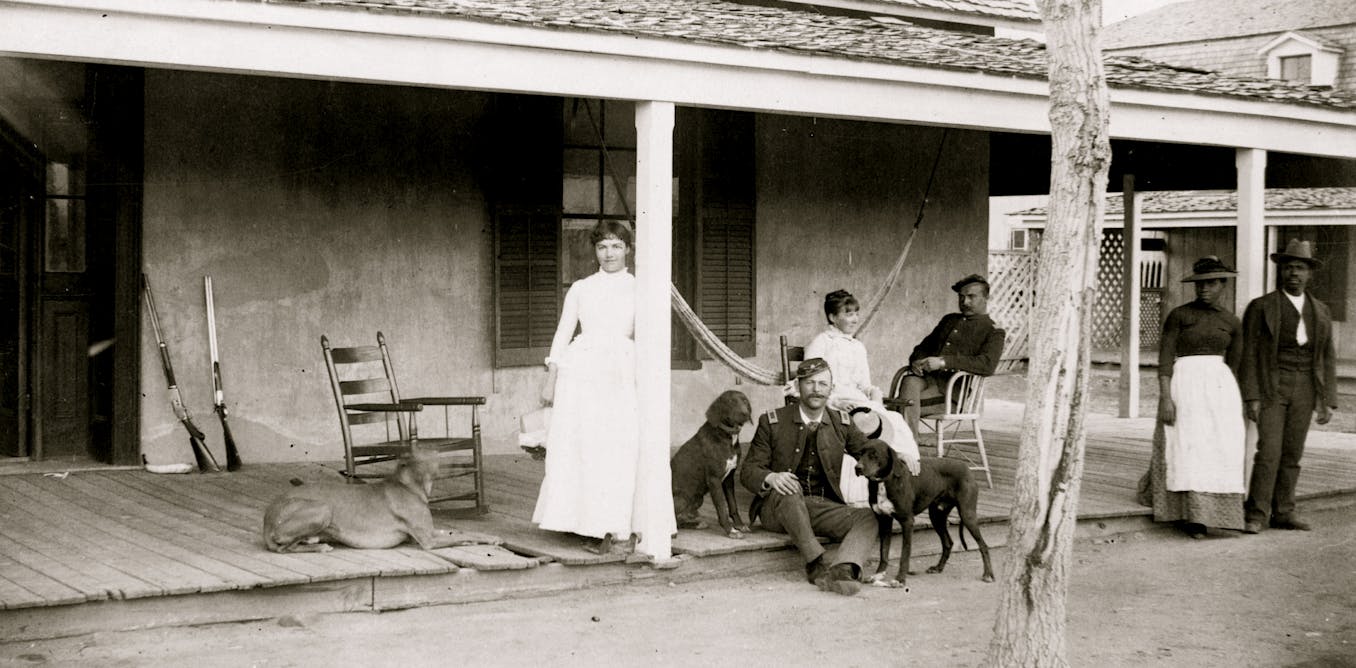Politics
What are cluster munitions? US expected to send controversial weapons to Ukraine
The U.S. is expected to announce Friday it will send cluster munitions to Ukraine amid its fight against Russia.
The weapons will be part of a new military aid package worth up to $800 million.
The additional assistance comes as Ukraine pushes to recapture territory seized by Russia. President Volodymyr Zelenskyy told ABC News the counteroffensive was "going to plan" but he'd like to see progress happen even faster.
MORE: President Zelenskyy says Ukrainian counteroffensive is 'advancing' but 'we want to do it faster'
Zelenskyy said any needed equipment supplied to Ukraine will help his troops "to move faster, to save more lives, to stand our ground for a longer time."
But the decision to send cluster munitions to Ukraine isn't without concern, as human rights groups cite the danger they pose to civilians and numerous countries have banned them for more than a decade.
Here's what to know about the weapons.
What are cluster munitions?
Cluster munitions scatter unguided submunitions, or bomblets, as small as 20 kilograms, over a large area, maybe the size of several football fields. The U.S. last used them during the invasion of Iraq in 2003.
The weapons can be fired from aircraft or from the ground. Depending on the type used, anywhere from dozens to 600 bomblets may be released at a time, according to the International Committee of the Red Cross.
"These types of weapons are extremely dangerous," said Richard Weir, a senior researcher in the Crisis and Conflict Division at Human Rights Watch. Weir noted there are various kinds of submunitions, some are designed to penetrate armor or concrete while others are made to unleash as many fragments as possible against troops.
A U.S. defense official told lawmakers last month they believed such weapons "would be useful" for Ukraine, "especially against dug-in Russian positions on the battlefield."

But cluster munitions also pose significant risk to civilians as they are indiscriminately spread out over an area, and some release bomblets that fail to explode upon impact and can detonate much later -- even decades later.
"These are very nasty, destructive weapons for use on the battlefield," Daryl Kimball, the executive director of the Arms Control Association, told ABC News. "They are also particularly harmful for friendly soldiers as well as civilians after a coNFLict is over because the cluster munitions of all kinds have a failure rate."
The Pentagon said Thursday it has "multiple variants" of dual-purpose improved conventional munitions (DPICMs) and the ones they're considering providing Ukraine would not include older models with failure rates -- or "dud rate" -- higher than 2.35%.
"We would be carefully selecting rounds with lower dud rates for which we have recent testing data," Brig. Gen. Pat Ryder told reporters.
But Kimball said those working in the arms control field believe the failure rate of those munitions "in the U.S. stockpile are probably higher when it comes to actual wartime conditions."
Why are they controversial?
More than 100 countries have essentially banned cluster munitions. Governments that signed onto the "Convention on Cluster Munitions" in 2008 committed to never using, producing or stockpiling cluster munitions.
Russia, Ukraine and the United States did not sign the treaty, though most NATO nations did. Brig. Gen. Ryder declined to say Thursday if Defense Secretary Lloyd Austin had any conversations with NATO allies to address their concerns about sending cluster munitions to Ukraine.
MORE: Russia-Ukraine live updates:
"They can injure or kill people who are just going about their daily lives -- children playing in playgrounds, people tending to their land," Weir told ABC News.
"In that sense, they act just like landmines," Weir said. "So it's the severe civilian harm associated with these weapons that makes them so controversial."

Human Rights Watch has called on both Russia and Ukraine to stop using cluster munitions.
Weir said cluster munitions were involved in one of the worst incidents of civilian casualties during the war so far: the attack on the Kramatorsk train station in April 2022. At least 50 people died and more than a hundred were injured, ABC News reported at the time.
"That tore people's bodies apart and injured people all around the train station," he said. "But this plays out again and again and again in regions all over Ukraine where there's fighting and where we've documented the use of various types of submunitions."
-ABC's Luis Martinez contributed to this report.
-

 Politics20h ago
Politics20h agoPresident Of Papua New Guinea Tells President Joe Biden: Our Nation Doesn't Deserve Being Labeled Cannibals
-

 Politics1d ago
Politics1d agoTrump trial reveals details about how the former president thinks about, and exploits, the media
-

 Politics1d ago
Politics1d agoTrump’s immunity arguments at Supreme Court highlight dangers − while prosecutors stress larger danger of removing legal accountability
-

 Politics1d ago
Politics1d agoPhiladelphia has a lot more deadly shootings than expected for a big city − and NYC is much safer, new study says
-

 Politics1d ago
Politics1d agoOutdoors in RI: big animals, tiny Ticks, huge Trout, Chepachet’s Harmony Railway, 2A – Jeff Gross
-

 Politics2d ago
Politics2d agoArizona’s 1864 abortion law was made in a women’s rights desert – here’s what life was like then
-

 Politics2d ago
Politics2d agoWhen the Supreme Court said it’s important to move quickly in key presidential cases like Trump’s immunity claim
-

 Politics2d ago
Politics2d agoPresident Biden Signs Bill To Ban TikTok: How Long Would It Take To Kick TikTok Out Of America?



























